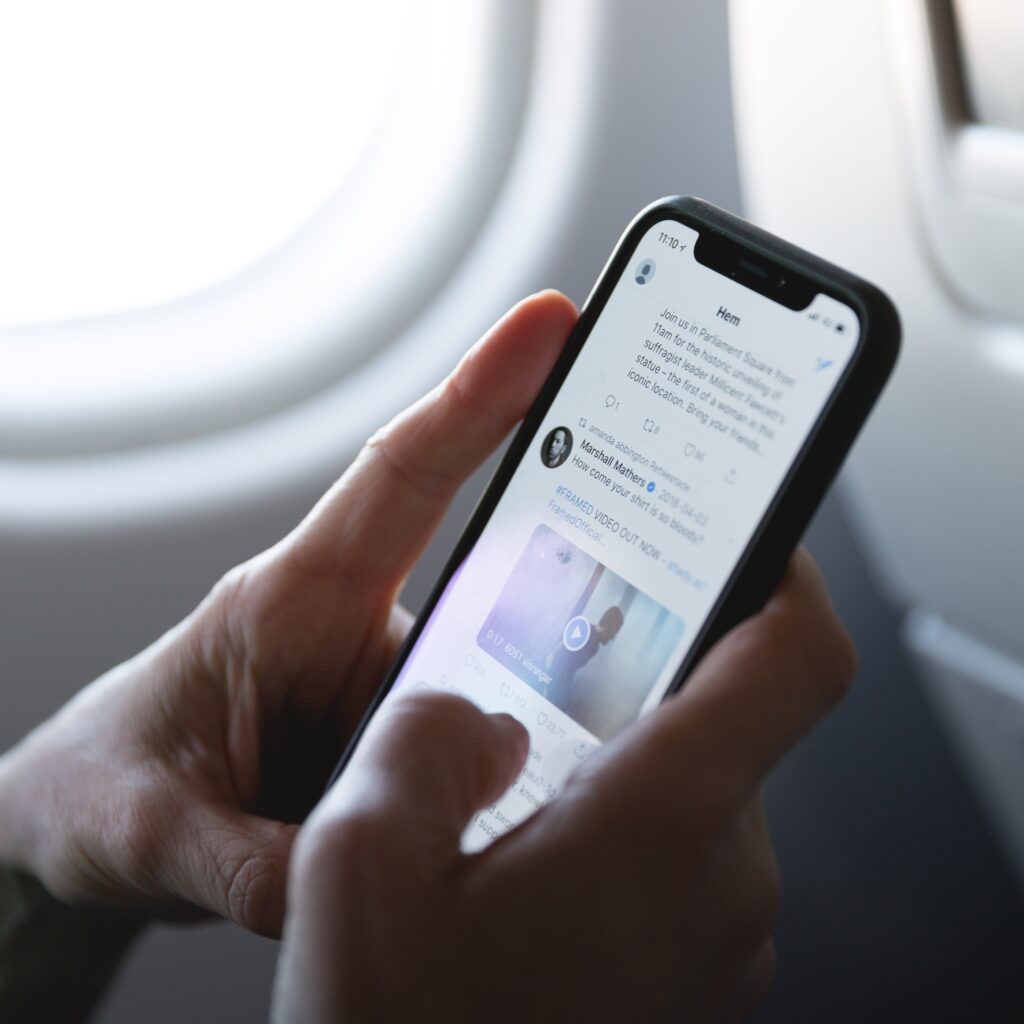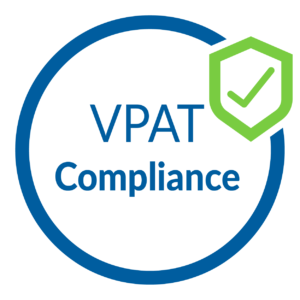Explore iOS and Android Mobile Accessibility Testing with a focus on WCAG, ADA compliance, and essential accessibility features like VoiceOver and TalkBack. Ensure your app is inclusive and user-friendly for all, meeting the highest standards of digital accessibility.
Before delving into mobile accessibility testing, it’s crucial to grasp two fundamental terms: WCAG and ADA.
- WCAG (Web Content Accessibility Guidelines): WCAG is a set of guidelines developed by the World Wide Web Consortium (W3C) to ensure that web content is accessible to people with disabilities. These guidelines provide a clear framework for designers and developers to create accessible websites and applications.
- ADA (Americans with Disabilities Act): The ADA is a landmark U.S. legislation that mandates equal access and prohibits discrimination against people with disabilities. It encompasses various aspects of accessibility, including digital platforms like websites and mobile applications.
Mobile Accessibility Testing Basics
- What is Accessibility Testing? Accessibility testing is the process of evaluating a digital product’s usability for individuals with disabilities. This includes assessing how easily users with diverse needs can navigate and interact with the application.
- iOS Accessibility Testing with VoiceOver: VoiceOver is a built-in screen reader on iOS devices that reads aloud the content on the screen. Here’s how to conduct iOS accessibility testing:
- Turn on VoiceOver: Navigate to Settings > Accessibility > VoiceOver and toggle it on. This will enable VoiceOver functionality.
- Navigation and Interaction: Testers use gestures (swipe, tap, etc.) to navigate through the app. VoiceOver provides audible feedback, making it easier for users with visual impairments to understand and interact with the content.
- Focus on Elements: VoiceOver highlights and reads out the focused element, helping testers identify which element is currently selected.
- Verify Text Descriptions: Ensure that all images have appropriate alt text to describe their content to visually impaired users.
- Android Accessibility Testing with TalkBack: TalkBack is Android’s equivalent to VoiceOver and serves as a screen reader for individuals with visual impairments. Here’s how to conduct Android accessibility testing:
- Enable TalkBack: Go to Settings > Accessibility > TalkBack and turn it on.
- Navigation and Interaction: Testers use gestures, similar to iOS, to navigate and interact with the app. TalkBack provides auditory feedback, aiding users in understanding and using the content.
- Focus on Elements: TalkBack indicates the currently selected element, ensuring testers know which part of the app they are interacting with.
- Text Descriptions: Similar to iOS, it’s essential to verify that images have appropriate descriptions for users relying on TalkBack.

Why is Mobile Accessibility Testing Important?
- Inclusivity and User Experience: Ensuring that your mobile app is accessible means you’re catering to a broader audience, providing an inclusive user experience for all.
- Legal Compliance: Adhering to accessibility standards like WCAG and ADA is not only ethically sound but also legally mandated in many regions.
- Boosts Reputation and Brand Loyalty: Demonstrating a commitment to accessibility enhances your brand’s reputation and fosters trust and loyalty among users.
VPAT Report of Mobile
A VPAT, or Voluntary Product Accessibility Template, is a document that outlines how a specific product or technology conforms to the accessibility standards set forth by the Section 508 of the Rehabilitation Act in the United States. It’s often used by vendors to communicate the level of accessibility their product offers to potential buyers, including government agencies.
ACR Report for Mobile
An Accessibility Conformance Report (ACR) is a document that provides an assessment of a digital product or service’s compliance with accessibility standards, such as the Web Content Accessibility Guidelines (WCAG) or the Americans with Disabilities Act (ADA).
The report typically includes detailed information about the level of accessibility achieved, specific areas where improvements are needed, and any barriers that may exist for users with disabilities. It often outlines the steps taken to test and evaluate the product’s accessibility, along with recommendations for addressing any identified issues.
We Offer Web & Mobile Accessibility Testing
We at ‘Accessible Zone‘ provide web, mobile and software accessibility testing services. We perform testing manually using screen reader such as JAWS, NVDA & Voiceovers. We also provide VPAT and ACR reports. If you want to use our services do contact us as at contact@accessiblezone.com or you can also schedule a free call with us from here.


